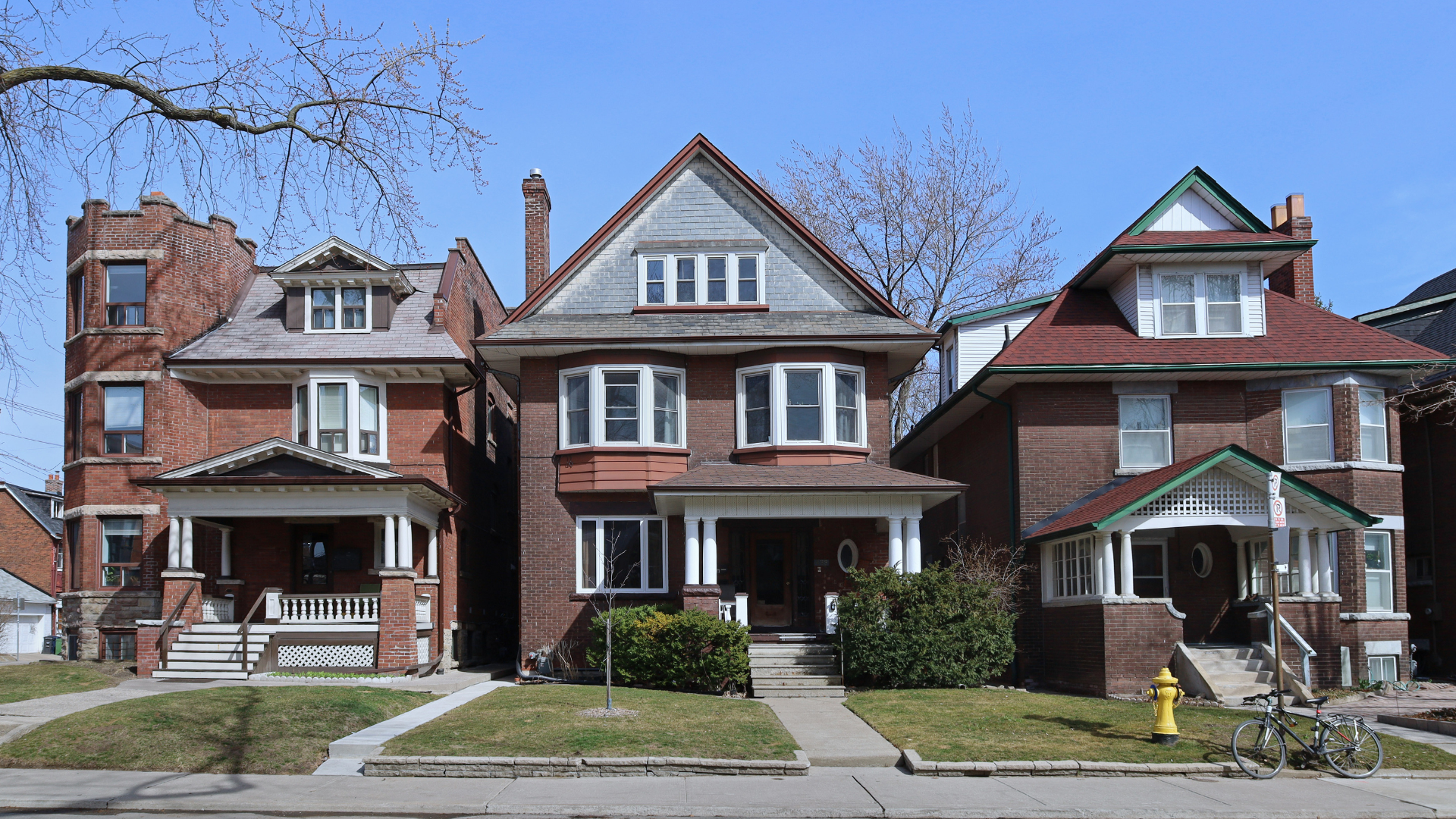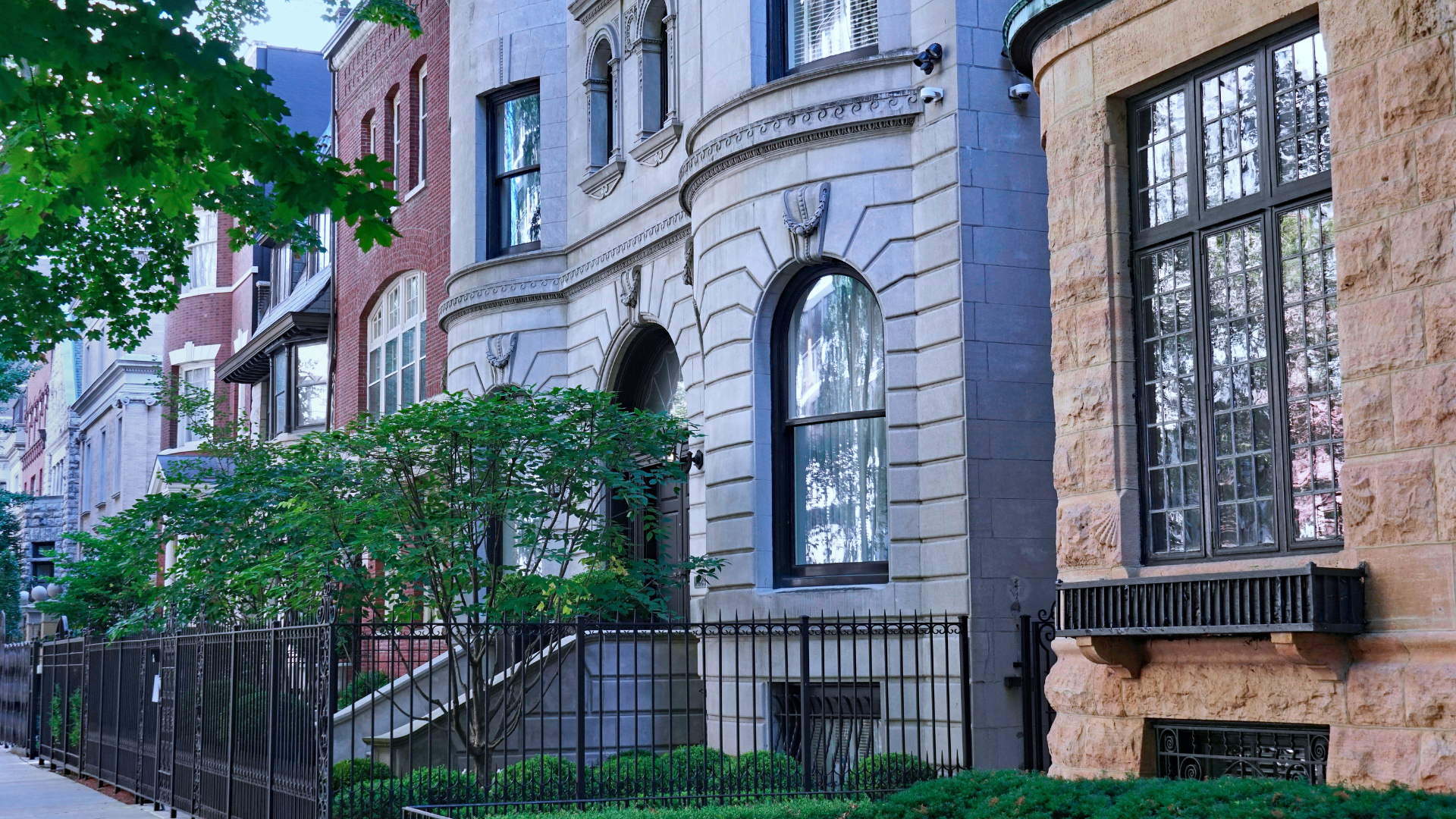This Q and A does not replace the counsel of an attorney. There are a number of pending changes to the ordinance being considered by the Chicago City Council and substantive pieces of even this Q and A may be modified or nullified as a result. Refer to the City Clerk of Chicago for the most recent ordinance or contact us directly if you have questions or concerns
What is the Affordable Requirements Ordinance (ARO)?
The ARO is designed to economically blend rental or owner occupied market rate developments to allow for occupancy by qualified individuals or families at an affordable rate. It impacts new or existing residential developments which add 10 or more units and require new zoning, city land purchase or city financial assistance.
How is affordability defined?
Affordability is defined in a number of ways. For rental, housing that is affordable means a household earning up to 60% of the area median income. For owner occupied housing, housing that is affordable means an applicant earns up to 100% of the AMI. This changes if the subject RENTAL property is funded by TIF (Tax Increment Financing). In that case the AMI drops to 50%; and for owner occupied it drops to 80% of AMI. Units are required to remain affordable for 30 years. If the owner occupies the unit for a continuous period of 30 years the city will release the affordable housing agreement.
Who calculates the AMI?
AMI is determined on an annual basis by HUD and is the median household income for the Chicago Primary Metropolitan Statistical Area.
Is the ARO a new concept?
No. The ARO first became an ordinance in 2007. The 2015 ARO updates the 2007 framework, increasing in-lieu fees and changing a number of definitions and criteria.
The 2007 ARO had the same rates for developer in lieu fees city wide. How does the 2015 ARO change this?
In 2007, a developer could pay an in lieu fee of $100k if they do not develop affordable units on site. The 2015 ARO substantially changes that framework. First the developer, depending on where the subject property is, can provide affordable units on site or provide off site units in linked developments elsewhere. Secondly, depending where the subject property is, the developer must pay an in lieu fee ranging from $50,000 to as much as $225,000 per unit not built on or off-site. This number will be adjusted annually based on the CPI.
Does this impact “As of Right Developments”?
No. The ordinance only impacts new developments of 10 or more units that are re-zoned, purchase City Owned Land or get City financial assistance. However existing buildings that convert to residential use with 10 or more units, that expand the existing unit count by 10 or more units, are mixed use where 10 or more units are added after the fact, and where the developer has received city land or financial assistance are subject to the ordinance.
How does a developer comply with the ordinance?
The answer depends on where the subject property is.
In low-moderate income areas a developer must provide 25% of the required affordable units on site or pay a $50k per unit in lieu fee or a combination thereof. In a higher income area, a developer must provide at least 25% of the affordable units on site or off-site through Linked Development. The fee was increased to $125,000. This fee can be reduced to $100k if 25% of the units required are sold to an authorized agent, such as the CHA. If the units are developed off-site, they must be in the same or a different higher income area or downtown district. Downtown district rules change by use. For RENTAL units, the developer must provide 25% of the required units on-site or off-site. The developer may build the units on site or off-site or pay the in-lieu fees or any combination thereof. The in lieu fees start at $140,000 but will increase to $175,000 one year after publication. Provided that if the developer sells or leases at least 25% of the affordable units to an authorized agency (like CHA)in lieu fees are reduced to a range starting at $115,000 per unit and then one year after publication the in-lieu fee is raised to $150,000. For Owner Occupied Units, the developer must provide 25% of the required units on-site or off-site. The developer may build the units on site or off-site or pay the in-lieu fees or any combination thereof. The in lieu fees start at $140,000 but will increase to $175,000 after one year of publication. Provided that if the developer sells or leases at least 25% of the affordable units to an authorized agency (like CHA)in lieu fees are reduced to a range starting at $115,000 per unit and then one year after publication the in-lieu fee is raised to $150,000. If the developer elects not to provide units on site, the fee will be $160,00 per unit and will increase to $225,000 per unit thereafter.
Where does all the in-lieu fees go to?
The in lieu fees go to the Affordable Housing Opportunity Fund to be used 50% for new construction and 50% for rental assistance.
How will an affordable unit differ from a market unit?
Affordable units will be reasonably dispersed throughout the building.
Affordable units will be comparable to market rate units in terms of unit type, number of bedrooms, exterior appearance and energy efficient but may have different interior finishes and features. The Affordable units will have access to all on site amenities and functionally equivalent parking.







